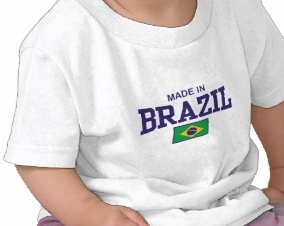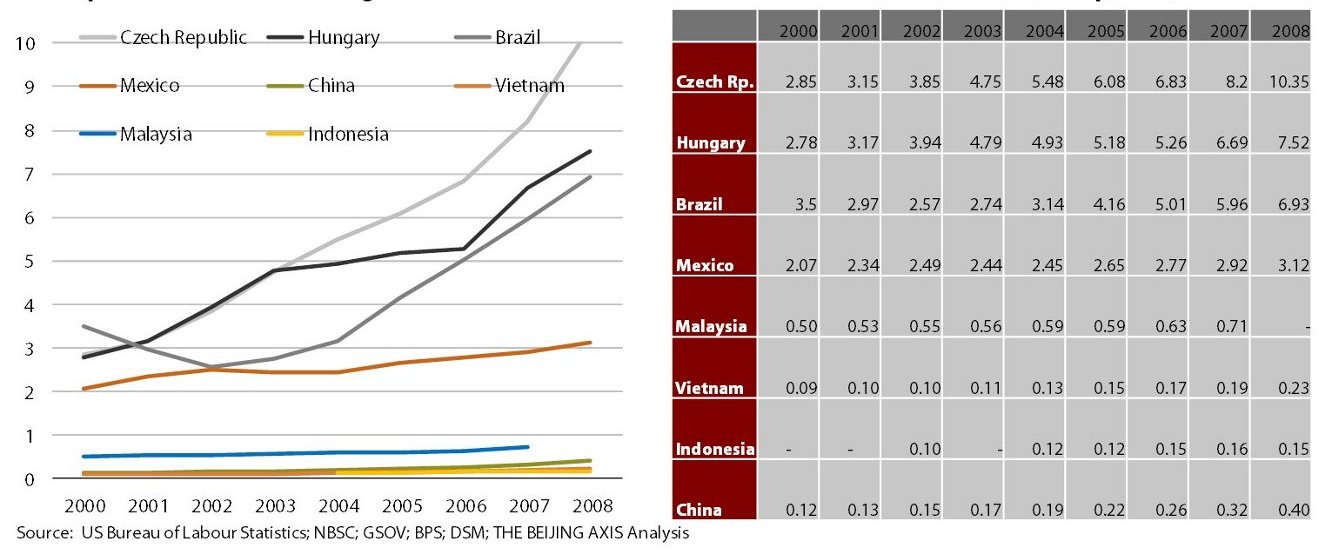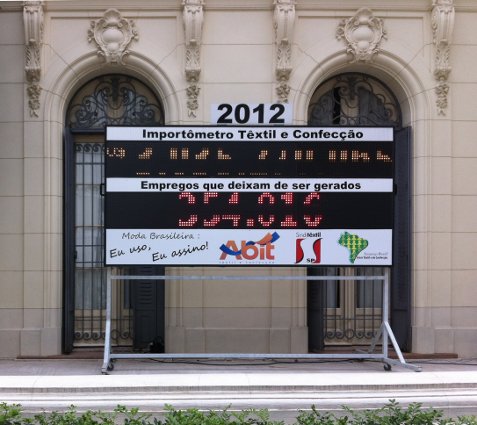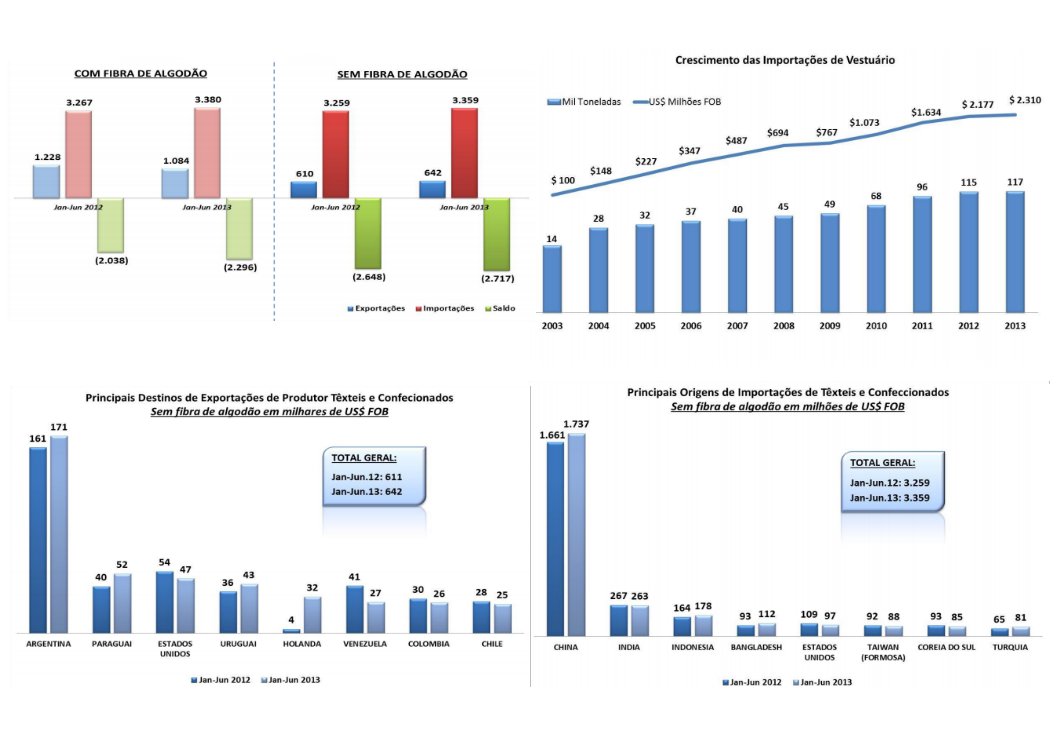 By: Ilaria Pasquinelli, Twitter: @ilaria78, international marketing consultant for the textile and fashion industry.
By: Ilaria Pasquinelli, Twitter: @ilaria78, international marketing consultant for the textile and fashion industry.
For retail, Brazil is the ‘next hot’ place to go to.
For a variety of reasons: For one, the country’s economy has been for a long time up and raising. Brazil is one of the 4 BRIC countries – the 4 most dominant raising economies, and ranks forth among them. Its retail sector is expected to boom tremendously over the next few years owing largely to the two major global sport events – the 2014 FIFA World Cup and Rio 2016 Summer Olympics that will take place in the country.
And while Brazil remains a difficult to access market due to severe import restrictions in place, the globe’s luxury and high street brands are about to launch a major thrust to chart their territory in the country.
Among these brands we find, of course, high-end names such as Diane von Furstenberg, Missoni, Chanel, Gucci, Louis Vuitton and Burberry – all of which have already made large investments in the market opening stores in the large cities (Sao Paolo, Rio de Janeiro and the capital Brasilia). But not only the luxury sector are present, so are the ‘cheapies’, notably Walmart and Carrefour – representing cheap, affordable ‘everyday’ fashion.
But what is even more interesting is the fact that Brazil is also one of the few countries in the world which has a major fashion industry of its own.
The country has so far been fairly geographically isolated, for all different reasons: Above mentioned import restrictions and taxes, language issues, their hate-love relationship with their neigbours, but also the reputation of its major cities for being dangerous to say the least. As a consequence, Brazil is known, not only in fashion but far beyond, to have its own production, its own artists, and even its own trade that has made it less dependent on other countries when it comes to sourcing fashion.
The variety and versatility of the Brazilian geography has lead an amazing range of sourcing options from raw material to production, as a consequence of which the vast majority of local brands are able to produce their goods using mostly domestic materials.
This is complemented that Brazilian consumers have distinctly their own taste, and favour local designers as much as foreigh ‘big reputation’ brands. yet European brands remain aspirational. This is a fact that does not only apply to those who cannot afford the outrageous prices of imported goods (thanks to taxes), but also the super-rich and famous in the country have a soft spot for national products and designs. As a consequence, some of the large European fashion houses – among them Prada or Valentino – have sought out Brazilian fashion designers, and local brands such as Lojas Americanas, Lojas Renner or CIA Hering have developed enough clout to set an eye on foreign markets.
The Brazilian Textile and Apparel Industry in Numbers
This all said, there is no doubt that the Brazilian fashion and textile industry has suffered in the past few years, the reasons of which are multi-facetted.

Image source: http://www.chinasourcingblog.org/2010/11/labourcosts.html
For one, producing in the country is relatively expensive when compared to countries like China and Bangladesh: It scores third after the Czech Republic and Hungary, pays on average double the salary of Mexico and more than 30 times that of China.

Is is for that exact reason that certain things – such as zippers – do hardly get produced anymore in the country which triggered the proverbial flood of imports to raise in the past 5 years or so. ABIT – the Brazilian Association of Textile Manufacturers – has even gone to the lengths showing the correlation of texilte imports and lost jobs in the country through a very prominent electronic bilboard at the entrance of their Sao Paolo headquarters.
And indeed, the statistics they have collected show the reality of an industry that has all the factors in place to be and outstanding sourcing location, but is struggling with the globalised reality of today’s sourcing markets as becomes clear from the following import/export statistics:

Relevance of this data for sourcing professionals
There is not only bad news to this data – at least from a sourcing professional’s point of view.
First and foremost: There is an abundance of very innovative and well equipped manufacturers of all kinds around, not the least in terms of sustainability. Brazilian manufacturers have started to develop entire processes and collaborative networks to optimise resources.
The industry’s new Qual Seal (SeloQual in Portuguese) for instance, not only aims at supporting ‘Made in Brazil’ textiles and garments, but has already committed to the UN Global Compact principles.
There is abundant expertise around in terms of cotton manufacturing (from field to consumer), leather – including tanneries approved by the Leather Working Group – and shoes. Most facilities still have capacity hence finding a suitable manfuacterer (pricing apart), is less of an issue as it would invariably be in India or China.
And last but not least, overall, production quality is ‘up to scratch’, with comparatively high efficiency and low drop out rates.

